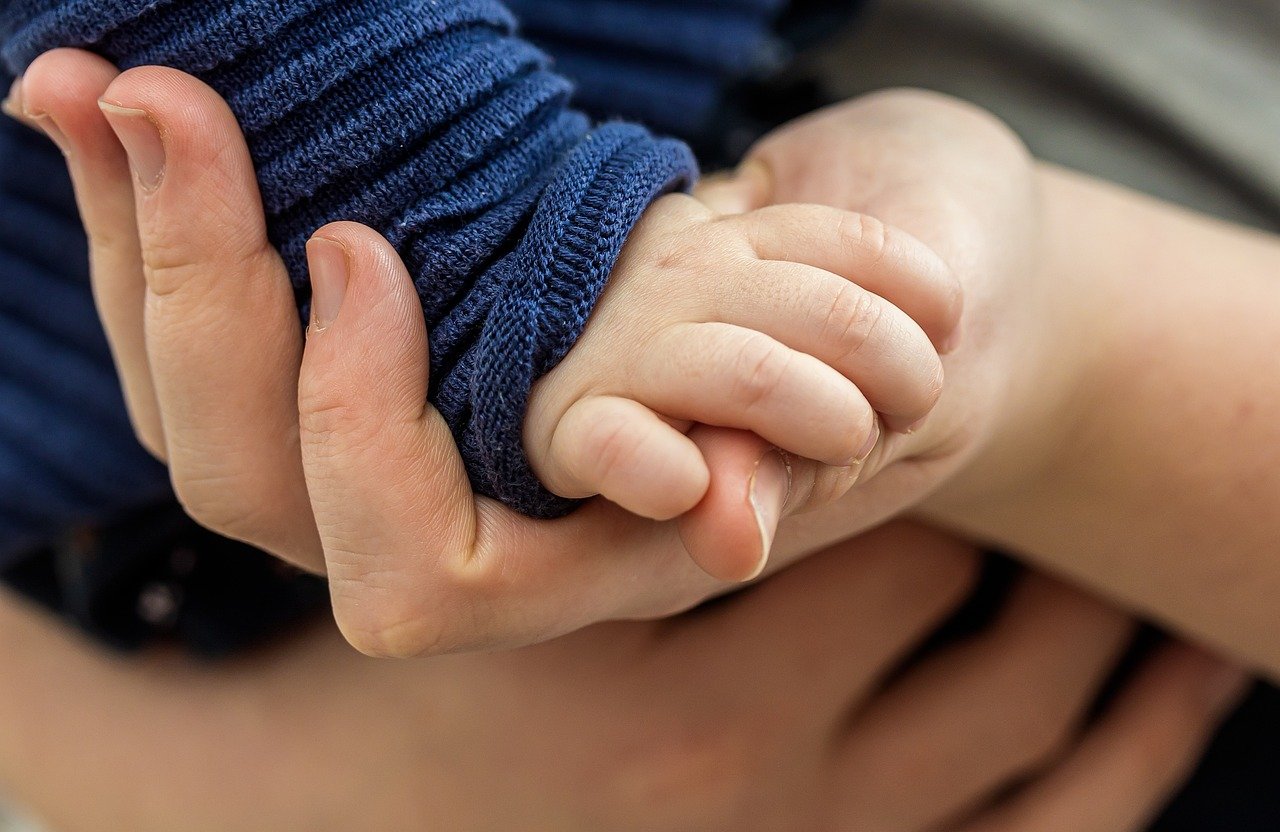
Click below to listen to this article:
Secure attachment
Secure attachment is one of the four types of attachment styles that describe how people relate to others in close relationships. It is characterized by a sense of trust, comfort, and emotional security with one’s partner, parent, or caregiver. People with secure attachment tend to have high self-esteem, positive views of others, and healthy coping skills. They can also communicate their needs and feelings effectively, and respond to their partner’s needs and feelings with empathy and support. In this article, we will explore the benefits of secure attachment, the factors that influence its development, and the ways to foster it in oneself and others.
What is secure attachment?
Secure attachment is a term used in psychology to describe a type of emotional bond that is formed between a child and their caregiver, usually their parent or guardian. A secure attachment is characterized by trust, safety, and understanding in the relationship. A secure attachment develops in early childhood when the caregiver responds to the child’s needs in a sensitive and consistent way. A secure attachment has positive effects on the child’s brain development and influences their social and emotional skills throughout their life. A child with a secure attachment feels confident to explore the world, seeks comfort from their caregiver when distressed, and enjoys their presence when they return.
How can you tell if you have a secure attachment style? There is no definitive test or measure for attachment style, but there are some signs that can indicate your level of security in relationships. Some of these signs are:
You,
- Feel confident and worthy of love and respect.
- Are able to express your emotions openly and honestly, without fear of rejection or criticism.
- Are supportive and empathetic to your partner’s emotions, without feeling overwhelmed or responsible for them.
- Respect your partner’s autonomy and boundaries, and expect the same from them.
- Enjoy spending time with your partner, but also have your own interests and hobbies.
- Can handle conflict constructively, without resorting to blame or withdrawal.
- Can forgive and move on from past hurts or mistakes.
- Are optimistic about the future of your relationship, and willing to work on any issues that arise.
If you recognize these signs in yourself and your relationship, you may have a secure attachment style. However, it is important to remember that attachment style is not fixed or static. It can change over time, depending on your life circumstances and experiences. Therefore, it is helpful to be aware of your attachment style, but also open to growth and change.
How can you foster a secure attachment style in yourself and others?
Fostering a secure attachment style in yourself and others is possible, but it requires some effort and awareness. Here are some steps you can take to develop a more secure attachment style:
Identify your own attachment style and patterns. You can take online quizzes or read books on attachment theory to learn more about your attachment style and how it affects your relationships. You can also reflect on your past and present relationships and notice how you behave and feel in different situations. For example, do you tend to avoid intimacy or cling to your partner? Do you fear abandonment or rejection? Do you get angry or anxious easily? Do you have difficulty expressing your needs or emotions?
Challenge your negative beliefs and expectations. People with insecure attachment styles often have distorted or unrealistic beliefs about themselves, others, and relationships. For example, they may think that they are unworthy of love, that others will hurt them or leave them, or that relationships are doomed to fail. These beliefs can create a self-fulfilling prophecy and sabotage your relationships. To change these beliefs, you need to identify them and challenge them with evidence and logic. For example, if you think that you are unworthy of love, you can list all the reasons why you are valuable and lovable. If you believe that others will hurt you or leave you, you can remind yourself of the positive aspects of your relationships and the times when others have been supportive and loyal to you.
Practice self-compassion and self-care. People with insecure attachment styles often struggle with low self-esteem, self-criticism, and shame. They may neglect their own needs and emotions and focus on pleasing others or avoiding conflict. To foster a secure attachment style, you need to treat yourself with kindness and respect. You need to acknowledge and accept your feelings without judging them or suppressing them. You must take care of your physical, mental, and emotional health by engaging in activities that make you happy and fulfilled. You also have to set healthy boundaries and assert your rights and preferences in your relationships.
Seek professional help if needed. Sometimes, insecure attachment styles are rooted in trauma, abuse, or neglect that occurred in childhood or adulthood. These experiences can have a lasting impact on your psyche and make it hard to trust yourself or others. If you have experienced trauma or abuse, or if you have symptoms of depression, anxiety, or other mental health issues, you may benefit from seeking professional help from a therapist or counsellor. A therapist can help you process your trauma, heal your wounds, and develop new coping skills and strategies for your relationships.
Build trust and intimacy with others gradually. People with insecure attachment styles may have difficulty forming close and lasting bonds with others. They may either avoid intimacy altogether or rush into it too quickly. To foster a secure attachment style, you need to find a balance between independence and interdependence in your relationships. You need to allow yourself to be vulnerable and open with others, but also respect their autonomy and individuality. You have to communicate your needs and expectations clearly and listen to theirs as well. You must give and receive support, affection, and feedback in appropriate ways. You also have to be honest, loyal, and consistent in your actions and words.
Further Reading
If you are keen to learn more about secure attachment style, here are some weblinks for further reading:
Secure Attachment Style: from Infancy to Adult Relationships
This article explains the signs of secure attachment in children and adults, how to raise a securely attached child, and how to find a securely attached partner. It also provides some frequently asked questions about secure attachment.
The 4 Attachment Styles and How They Form
This article gives an overview of the attachment theory and the four main attachment styles: secure, anxious, avoidant, and disorganized. It also describes how each attachment style affects relationships, self-esteem, and mental health.
Secure Attachment Style: Overview & Examples
This article provides a detailed description of the characteristics and behaviours of people with a secure attachment style. It also offers some examples of how secure attachment looks like in different situations and contexts.


0 Comments